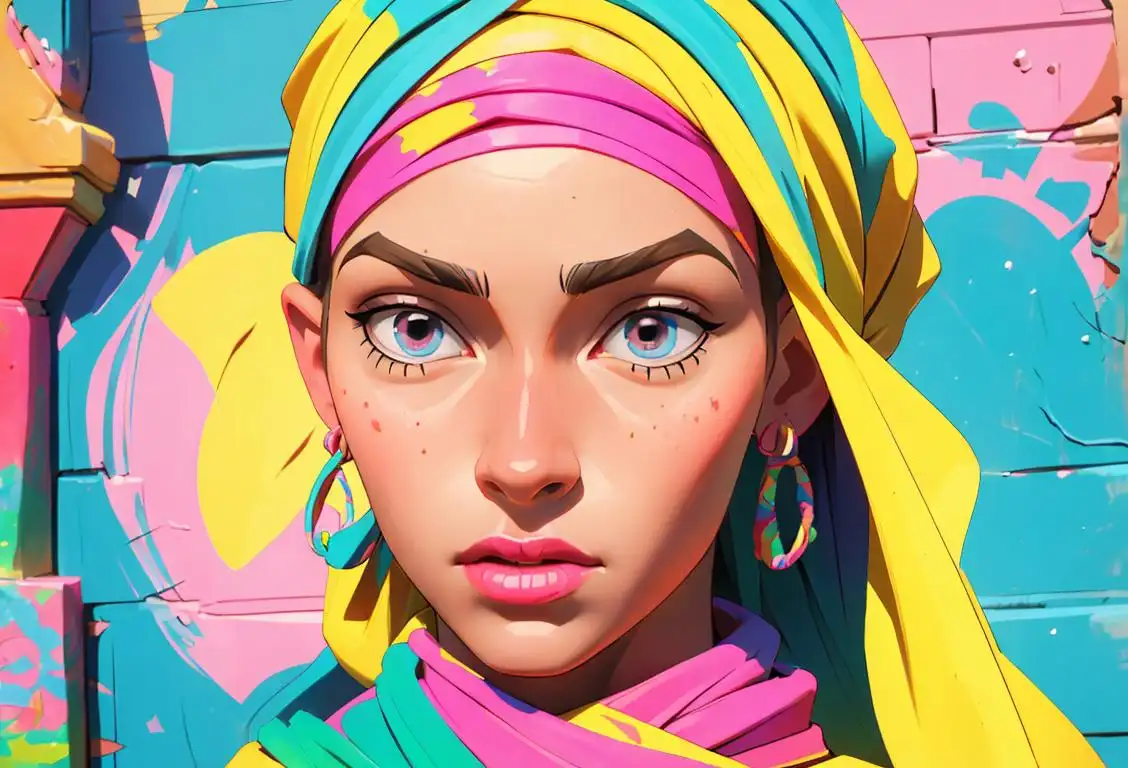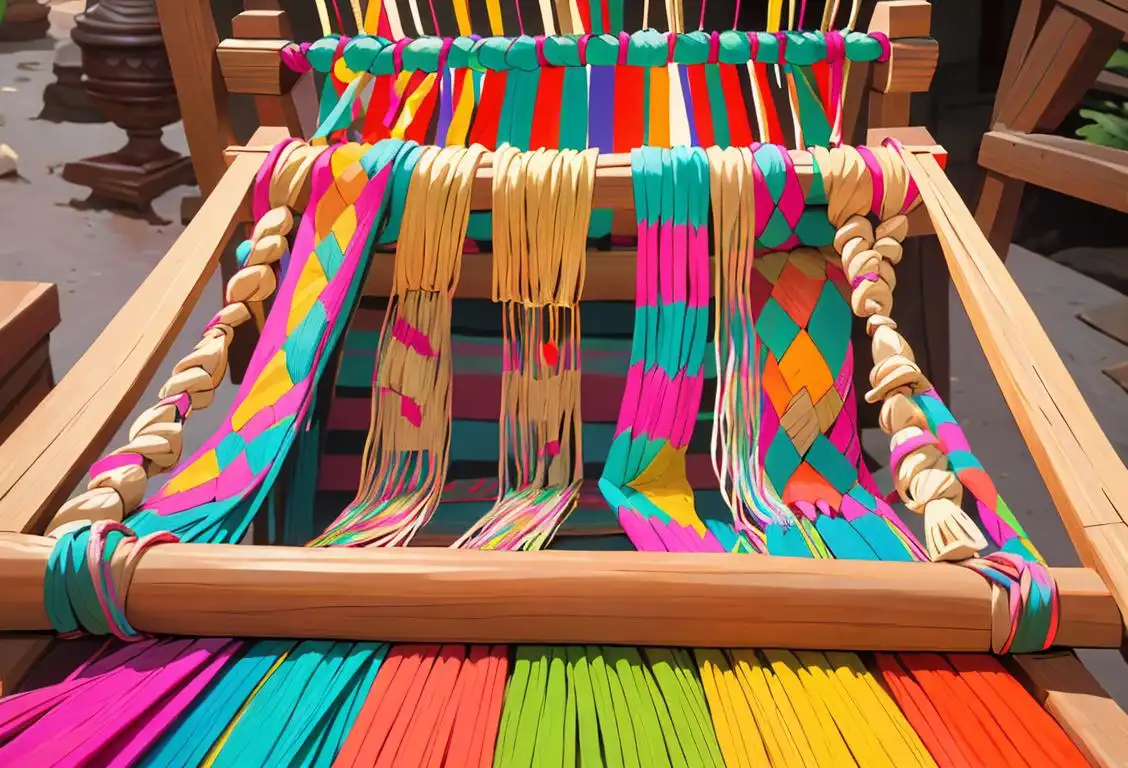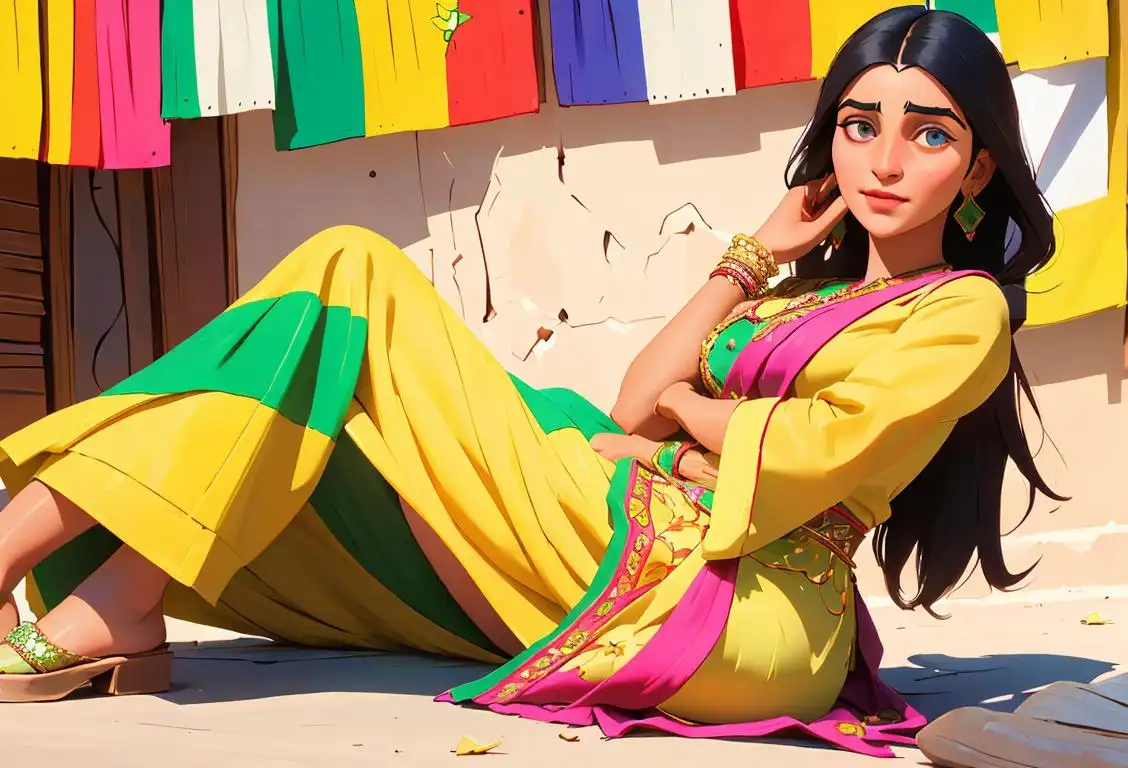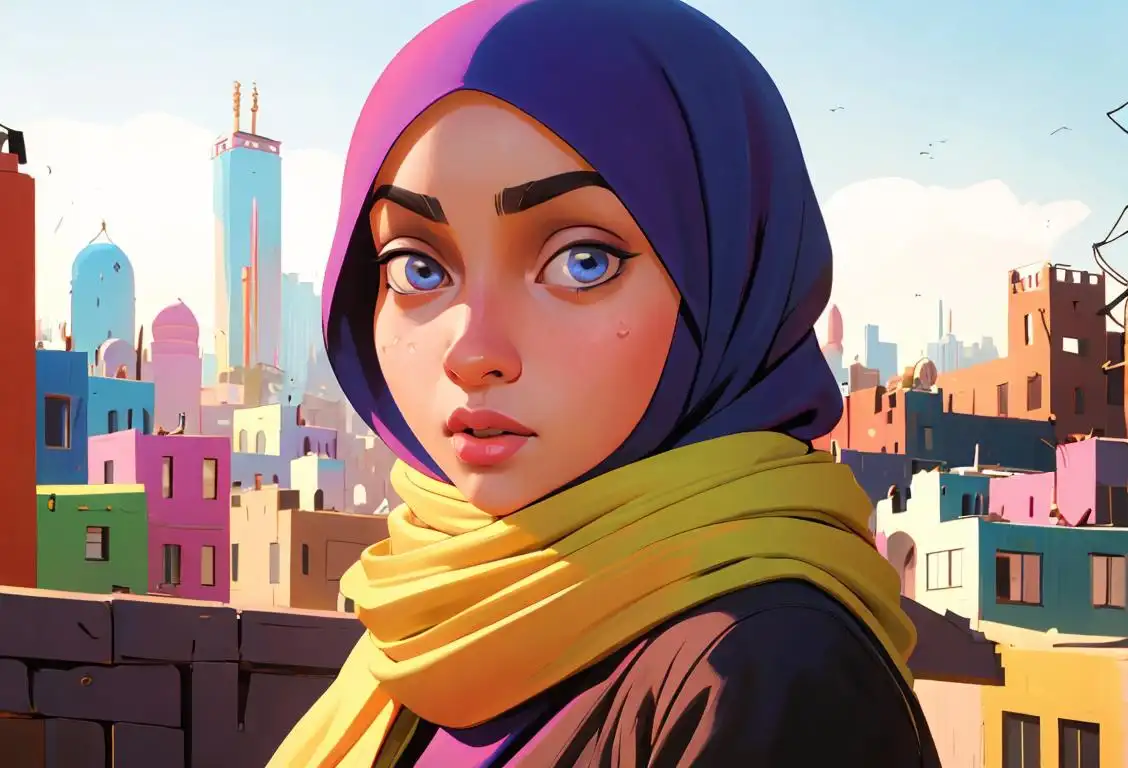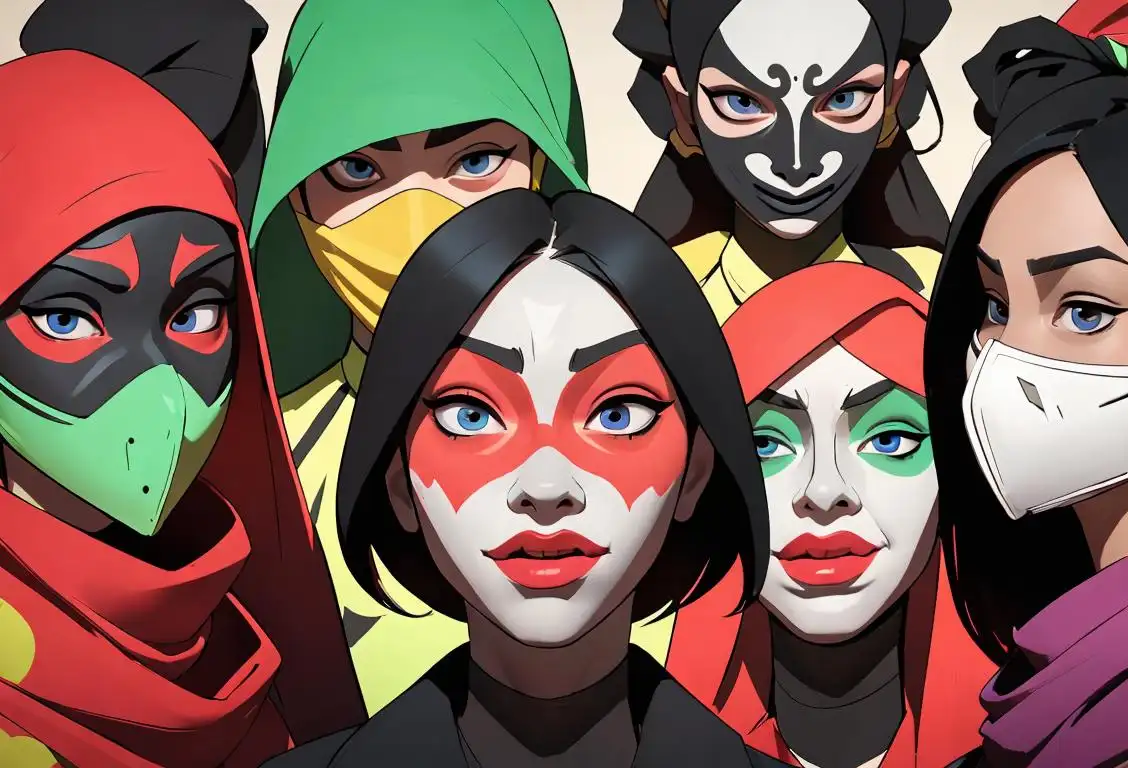National Batik Day

Strap in, folks! Unlike Batman, our topic today doesn't dwell in the darkness of the Gotham city, but it does revolve around bats ... or rather, Batik! Hold your horses, superhero fans. Batik isn't some new Batman-themed holiday, but a day we dedicate to the exquisite and traditionally rich textile art form hailing from Indonesia. Buckle up for the journey into the colorful world of 'National Batik Day'.
When is Batik Day?
It's national batik day on the 2nd October.
A Celebration of Culture and Art
Batik, an Indonesian technique of wax-resist dyeing applied to whole cloth, has a special place in the hearts of art and tradition lovers across the globe. So much so, that there's a day dedicated to it, and we think it's worth making some noise about! The 'National Batik Day', traced back to its first major mention online in 2015, sees a burst of Batik-themed activities, seminars, and fashion shows, with fans dawning their best batik attire!
The Day that Broke the Internet
That's right, National Batik Day got its big break on the 2nd of October, 2015, when the internet reeled with almost 6000 mentions! We guess people really do love their Batik! This date marks Batik's recognition by UNESCO in 2009 as a Masterpiece of Oral and Intangible Heritage of Humanity. Worth getting out the special Batik garments for, don't you think?
Giving Back to Batik
It's not just about draping yourself in Batik and joining the parade; it's about acknowledging and preserving the age-old traditions and the skilled artists who keep this art form alive. Communities around the world host workshops, seminars, and concerts to keep the magical world of Batik vibrant and relevant.
Join the Batik Fun
So how about it? Are you ready to pull out your Batik, join in the celebration, and maybe even try making your own? Remember, whether you're an artist, a fashion enthusiast, or just someone looking for a fun day, there's something in 'National Batik Day' for everyone.
History behind the term 'Batik'
600 BC
Ancient Beginnings
The term 'batik' has its origins in ancient Indonesia, dating back to around 600 BC. The word 'batik' is derived from the Javanese word 'amba', which means 'to write' or 'to dot'. This ancient art form involves applying wax and dye to fabric, creating intricate patterns and designs.
13th Century
Royal Influence
During the 13th century, batik gained popularity among the Indonesian royalty. The intricate designs and rich colors of batik were highly valued, and it became a symbol of status and wealth. Skilled artisans were commissioned to create elaborate batik fabrics for the royal courts.
17th Century
European Trade Influence
In the 17th century, the Dutch East India Company established a trading post in Indonesia, introducing batik to Europe. The vibrant and exotic patterns of batik quickly captured the interest of European traders and collectors. Batik fabrics became highly sought-after commodities, exported to Europe in large quantities.
20th Century
National Symbol
In the 20th century, batik became deeply intertwined with Indonesian national identity. During the Indonesian struggle for independence in the early 1900s, batik was adopted as a symbol of resistance and cultural pride. The intricate motifs and designs of batik fabrics were seen as a reflection of Indonesian heritage and became an important part of national dress and identity.
2009
Intangible Cultural Heritage
In 2009, UNESCO recognized Indonesian batik as a Masterpiece of the Oral and Intangible Heritage of Humanity. This prestigious designation emphasizes the cultural significance and craftsmanship of batik. It also aims to safeguard and promote the practice of traditional batik-making techniques, ensuring its preservation for future generations.
Did you know?
Did you know that not all Batiks are created equal? The colour and design of Batik can actually tell you a lot about the person wearing it, including their social status, age, marital status and even their city of origin, in traditional Indonesian society!Tagged
fun culture fashion art tradition heritage IndonesiaFirst identified
28th September 2015Most mentioned on
2nd October 2015Total mentions
5971Other days
Batik Day
Gallery Staff Set For Day
Goth Day
Headwrap Day
Handloom Day
Kurdish Clothes Day
Hijab Day
Mask Day
Catalan Day
Colors On Day


